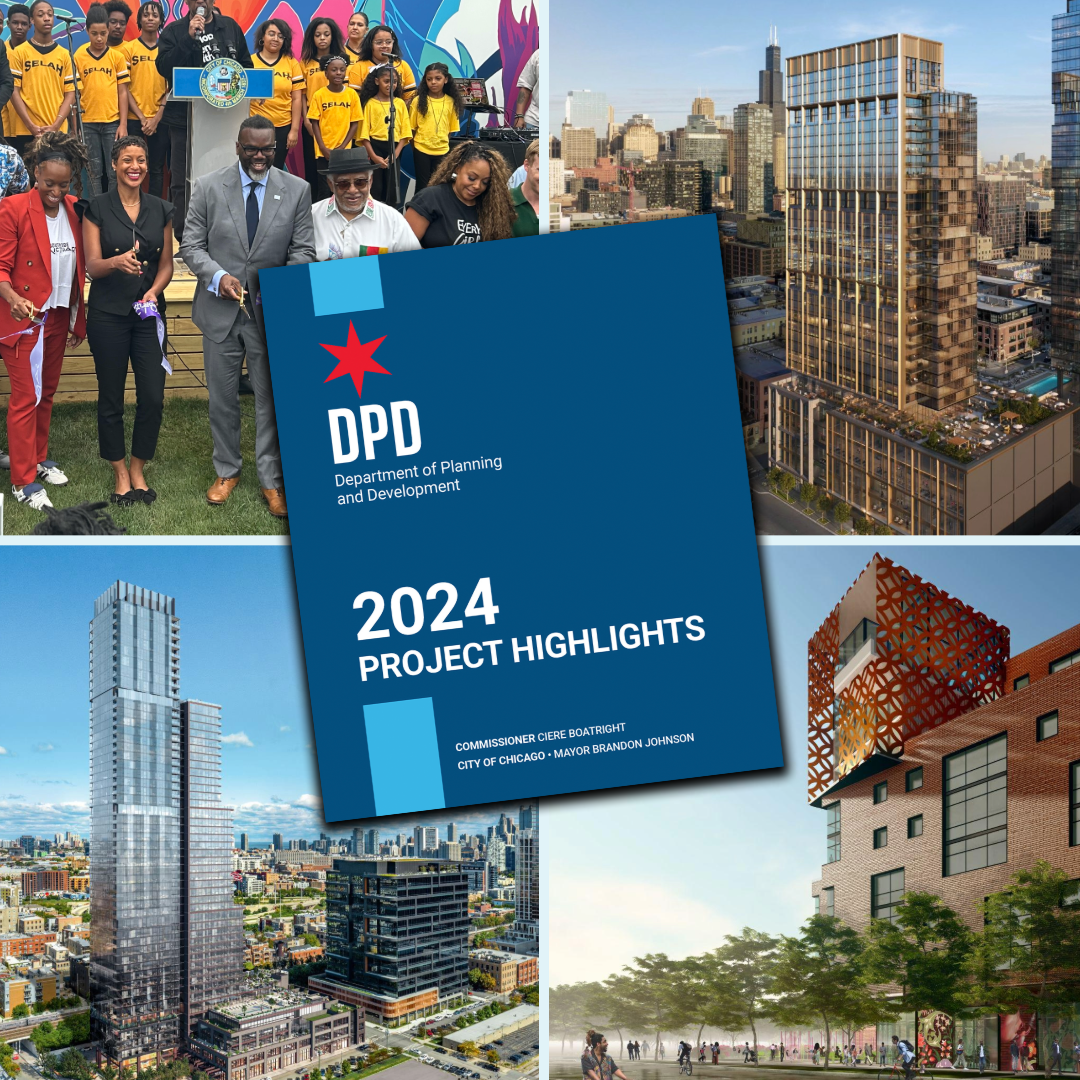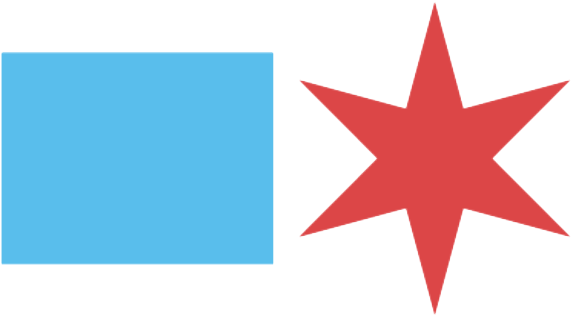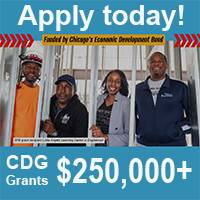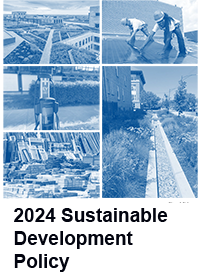Featured Services and Programs

2024 Project Highlights
This booklet is an overview of DPD projects that were either initiated or completed in 2024.
Grant Opportunities
DPD offers multiple grant opportunities throughout the year to small businesses, developers and non-profit organizations.
Zoning
Manages the City zoning code and reviews building permit applications to ensure compliance.
Land Sales
DPD offers opportunities to purchase and redevelop City-owned based on community priorities.
Small Business Assistance
DPD's economic development initiatives include financial assistance programs, business development efforts, and related quality-of-life endeavors for local neighborhoods.
DPD RFQs & RFPs
DPD uses multiple tools to encourage the development of potential opportunity sites across the city including Requests for Proposals (RFPs) and Requests for Qualifications (RFQs).
Planning and Sustainability
DPD's Planning and Sustainability divisions work on citywide and neighborhood land use plans and policies.
Historic Preservation
DPD's Historic Preservation Division works with property owners, sister agencies and the general public to promote the preservation of Chicago's historic resources.
Commissions
DPD supports and staffs multiple City commissions and boards.
Our Structure
DPD's 150+ staff members work on virtually all aspects of Chicago's built and natural environment.
Active Planning Initiatives
Calumet Area Land Use Plan and Design Guidelines
Avalon Park, Burnside, Calumet Heights, East Side, Hegewisch, Pullman, Riverdale, South Chicago, South Deering
Central Area Plan Update
Loop, Near North Side, Near South Side, Near West Side
Cicero Avenue Land Use Study
Belmont Cragin, Portage Park
Madison Street Corridor Study
Near West Side, East Garfield Park and West Garfield Park
Missing Middle Infill Housing Initiative
North Lawndale, West Chatham, South Chicago, Morgan Park
Moving Archer Forward
Archer Heights, Bridgeport, Brighton Park, Garfield Ridge and McKinley Park
Department Main Office
Planning and Development
-
Phone: 312.744.4190
Contact Us -
121 N. LaSalle St.
10th Floor
Chicago, IL 60602
Get Directions - Leadership
Ciere Boatright
Commissioner


